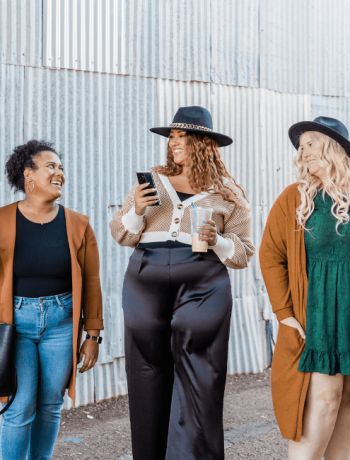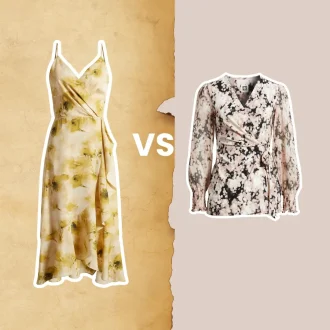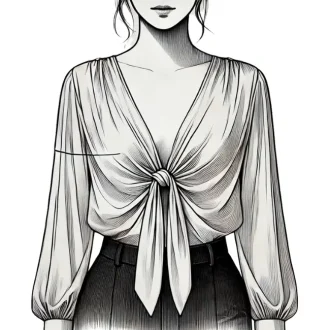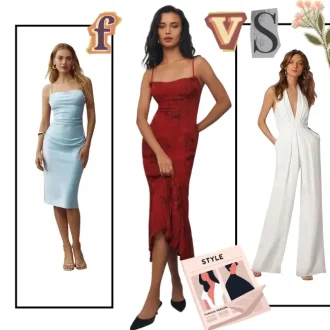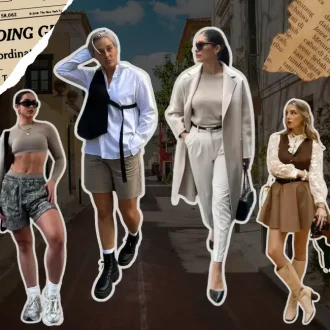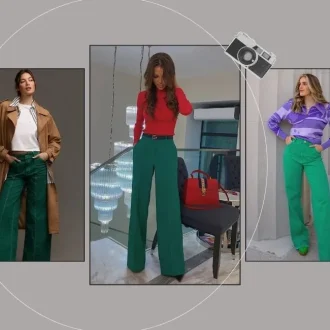- IN THIS ARTICLE
Freepik / Volodymyr-t
If you’re looking for ways to elevate your wardrobe and infuse some vitality into your fashion choices, incorporating a range of outfit colors is an exceptional method to create striking and diverse ensembles.
In this guide, we will explore nine different methods to incorporate a variety of colors into your outfit color scheme, from classic hues like cardinal and navy to soft pastels.
You will learn how to experiment with different shades and textures to create a polished and cohesive look that reflects your unique sense of style.
Get ready to boost your fashion game with these bright and bold, primary and secondary colors.
Warm and Cool Colors
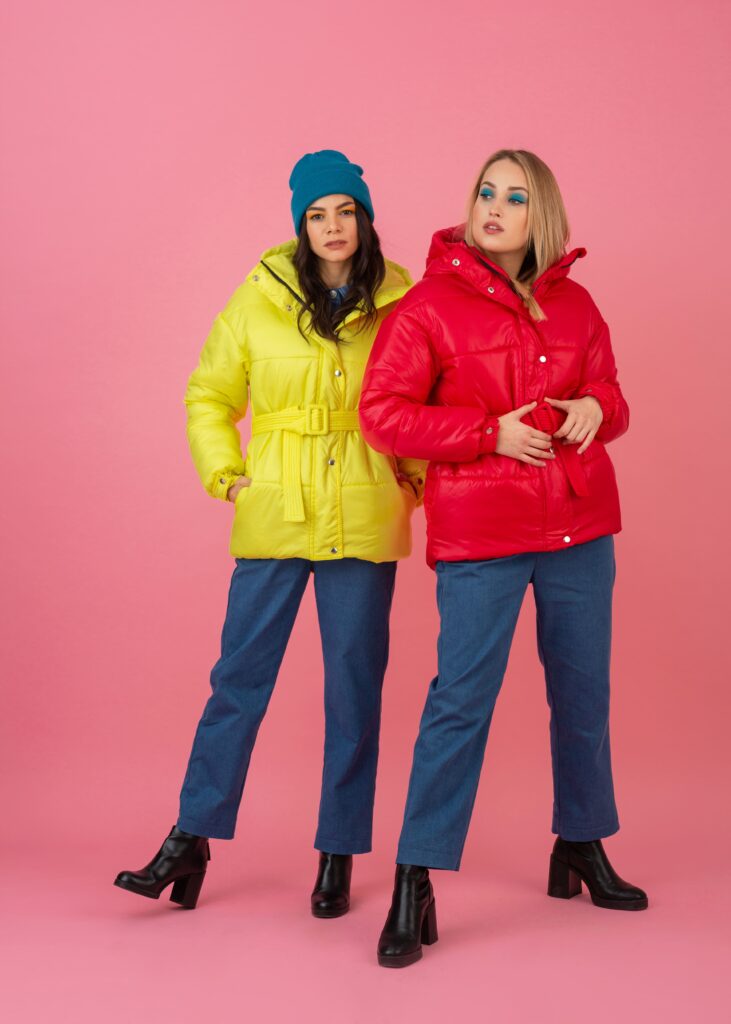
Red and Blue
The timeless pairing of jewel tones of red and navy blue have been a classic color combination for many centuries. The combination is bold and striking, making it a popular choice for those who want to make a statement with some warm colors.
From the bold colors and striking combinations to more understated and gentle hues, the possibilities are endless with this color combination of red and blue.
Combining Layers Into an Outfit
When incorporating warm colors like red, burnt orange, and blue into an outfit, several options exist. Try wearing a red top with blue pants or a blue skirt with a red blazer to create a bold and striking look with warmer colors.
To make the most of the warm and cool colors combination, it’s important to consider the shades of red, burnt orange, and blue used.
For instance, a deep red paired with a lighter blue can add a striking contrast, while a lighter red paired with a deeper blue can result in a more unified appearance.
Examples of how to wear red and blue:
A red blazer with blue jeans and a white t-shirt
A blue dress with red heels and a red clutch
A red top with blue wide-leg pants and white sneakers
A blue skirt with a red blouse and red ankle boots
Pale Blue and Pink
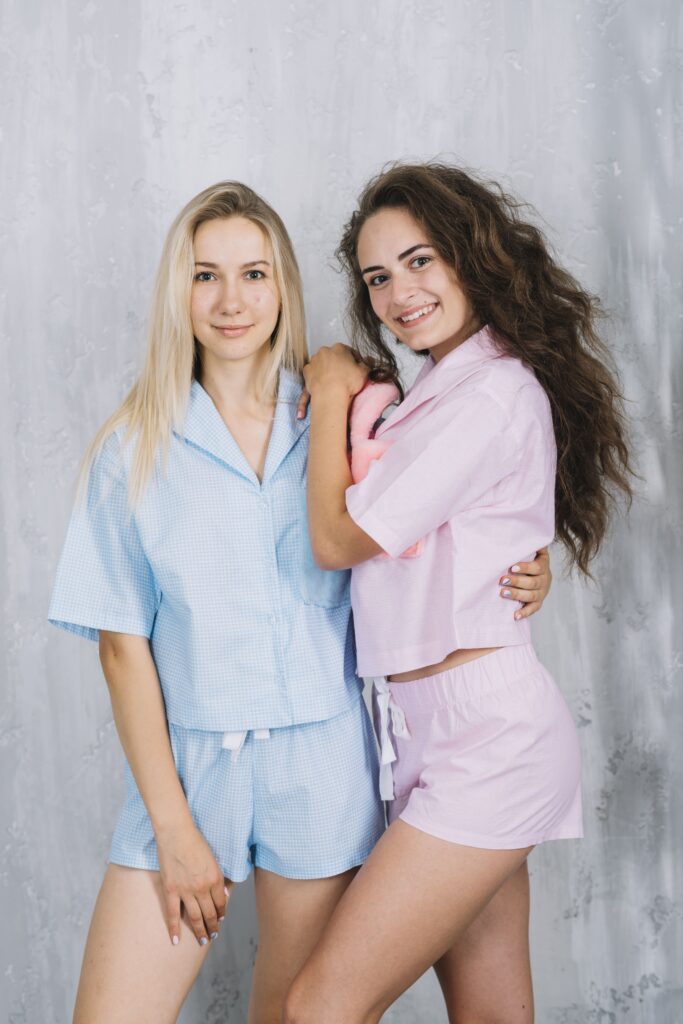
Pale blue and pink is a soft and cool colors combination that is perfect for creating a feminine and romantic look.
If you want to achieve a gentle and affectionate appearance, try this color combination that’s perfect for spring and summer. And with proper wardrobe coordination, you can carry this look through every season.
The gentle and soothing characteristics of pale blue and pink are endlessly chic and timeless.
Combining Layers into an Outfit
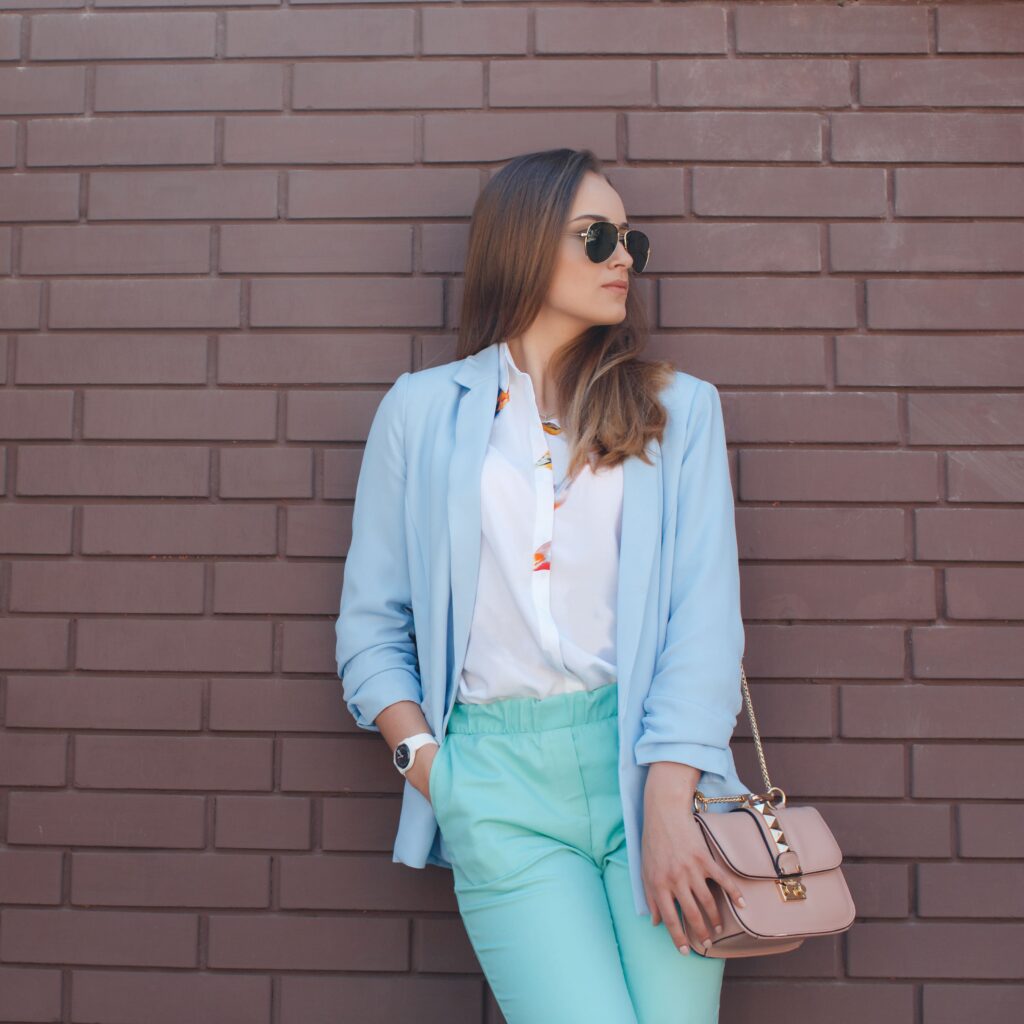
When combining pale blue and pink into an outfit, consider the shades used to create the best color combination.
A pale blue blouse can be paired with a pink skirt or dark green trousers for a soft and feminine look with neutral shades.
For more subtle accents of colours, try a blue scarf with a pink coat or pink shoes with a blue dress. Lighter shades paired properly can create a harmonious appearance, while a deeper blue with a brighter pink can create a more lively look suitable for all seasons.
Examples of how to wear pale blue and pink:
A pale blue blazer with a pink blouse and white pants
A pale pink dress with blue heels and a blue clutch
A blue t-shirt with pale pink shorts and white sneakers
A pale blue skirt with a pink blouse and pink sandals
A blue scarf with a pink coat and pale pink pants.
Contrasting Color Combination
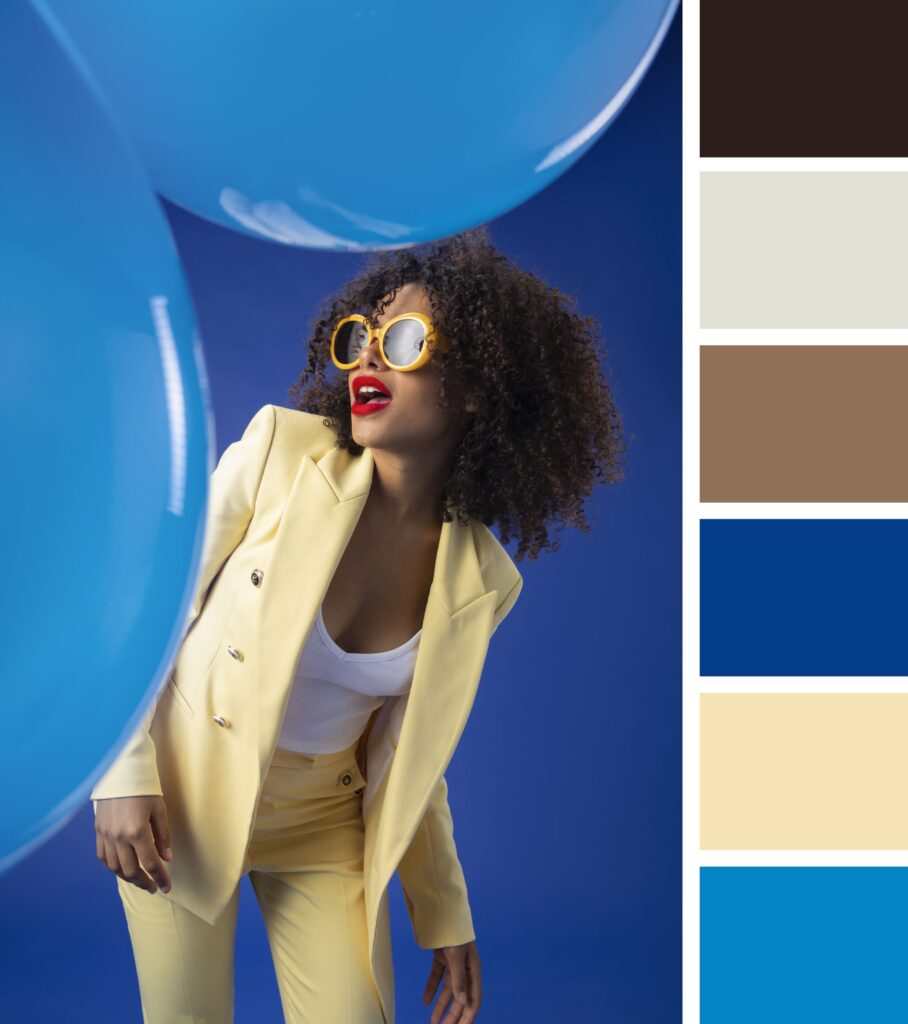
Opposite colors on the color wheel create a bold and striking appearance when paired together. This combination adds depth to your outfit and captures attention with its visually appealing contrast.
5 Techniques for Matching Clothes in Color
Monochrome looks: You wear different shades of the same color, like light brown.
Contradictory combinations: You wear colors that are opposites on the color wheel, like blue and orange, for a bold look.
Soft combinations: You wear colors that are next to each other on the color wheel, like blue and green, for a calm look.
Neutral colors: You wear colors like black, white, gray, and beige with other colors for a classic look.
Mixture of neutral colors: You combine different neutral colors like black, white, and gray to make an outfit more interesting.
Orange and Blue
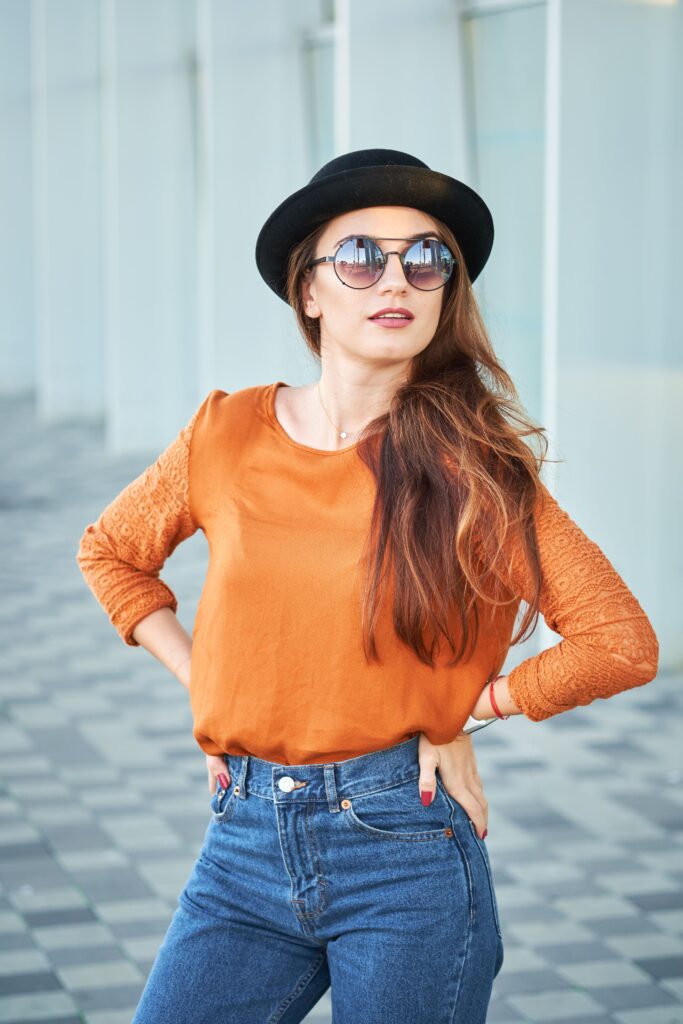
When added to your fashion choices, this combination can create an exciting and refreshing burst of color that will make a confident statement.
Combining Layers into an Outfit
The colors red orange, and blue can make an outfit really stand out. The way the colors look together depends on which shades of orange and blue are used.
Creating a bold outfit is easy with the colors orange and blue. You can try an orange top with blue pants or a blue skirt with an orange blazer to make a statement. For a more understated look, wear an orange dress with blue shoes or an orange gown with a blue scarf.
The key to looking great is choosing the right colors and taking risks with your fashion choices.
Examples of how to wear orange and blue:
An orange blazer with blue jeans and a white t-shirt.
A blue dress with orange heels and an orange clutch.
An orange top with blue wide-leg pants and white sneakers.
A blue skirt with an orange blouse and orange ankle boots.
An orange scarf with a blue coat and blue jeans.
Skin Tones and Color Combinations

The tone and complexion of one’s skin play a pivotal role in evaluating suitable color combinations.
The selection of clothing colors can either bolster or undermine one’s appearance, which is why the consideration of skin tone is imperative when assembling an outfit.
Skin tone, in general, is classified into three categories: warm, cool, or neutral, and each skin tone category corresponds to specific complementary color ranges.
The Best Colors for Different Skin Tones
Matching the colors of your outfit to your skin tone can enhance your natural beauty. Begin by discovering if your skin has more warm undertones or cool undertones, and whether it’s light or dark.
Dark skin with warm tones can look great with colors like brown, orange, and yellow. If you have cool tones, pale skin or light skin, colors like blue, green, and purple can look good on you.
But remember, it’s best to try different colors and see what looks best on you.
Soft Outfit Color Combination
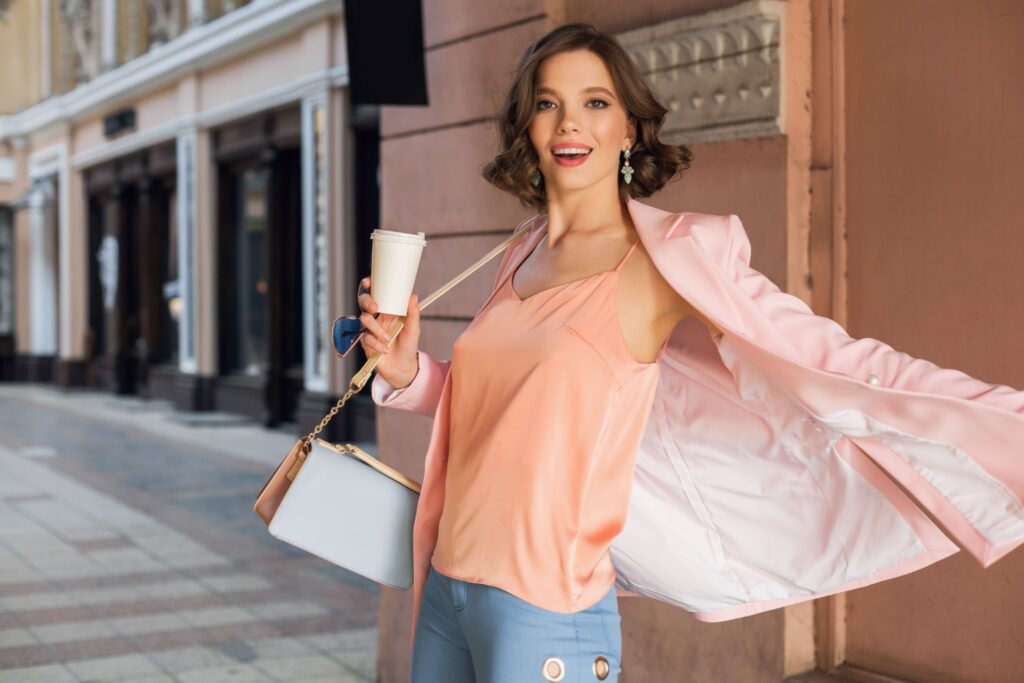
Soft color combinations create a delicate and pretty appearance, perfect for a feminine and timeless look. They are ideal for the warmer months and can be worn year-round with the right fashion choices. These colors have a calming effect and give your outfits a stylish and classic touch.
Combining Soft Colors
To incorporate soft colors into an outfit, try wearing a pastel blouse with a muted skirt, a pastel dress with soft heels, or subtle accents like a pastel scarf with a neutral coat.
Consider the shades of the soft colors used. For instance, a pastel blue and pink pairing creates a harmonious look, while a deeper blue with a brighter pink can create a more vibrant appearance.
Examples of soft color combinations:
A pastel blue blazer with a pale pink blouse and white pants
A pastel pink dress with soft blue heels and a pastel blue clutch
A pastel blue t-shirt with pale pink shorts and white sneakers
A pastel pink skirt with a blue blouse and soft pink sandals
A pastel blue scarf with a pale pink coat and pale pink pants.
A Mix of Neutral and Complementary Colors
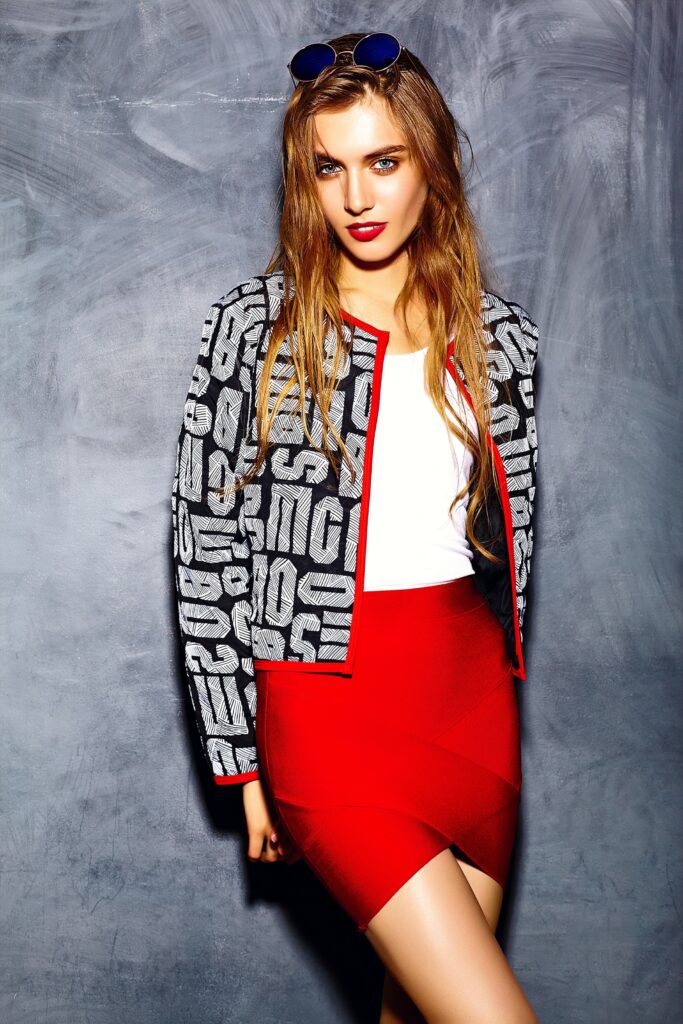
Neutral colors like black, white, gray, and beige provide a versatile foundation for any outfit and can easily mix and match with other colors.
Pairing complementary colors together, like blue and orange or red and green, can produce a vibrant and bold effect that draws the eye.
Combining neutral and earth tones with complementary colors can add dimension and interest to your outfits.
Examples of color combinations:
An example of a neutral and complementary color mix is purple and coral. This combination is both bold and sophisticated, and can be used to create various looks, such as a coral blouse with gray blazer and purple pants or a coral dress with purple heels and clutch.
The Monochrome Look
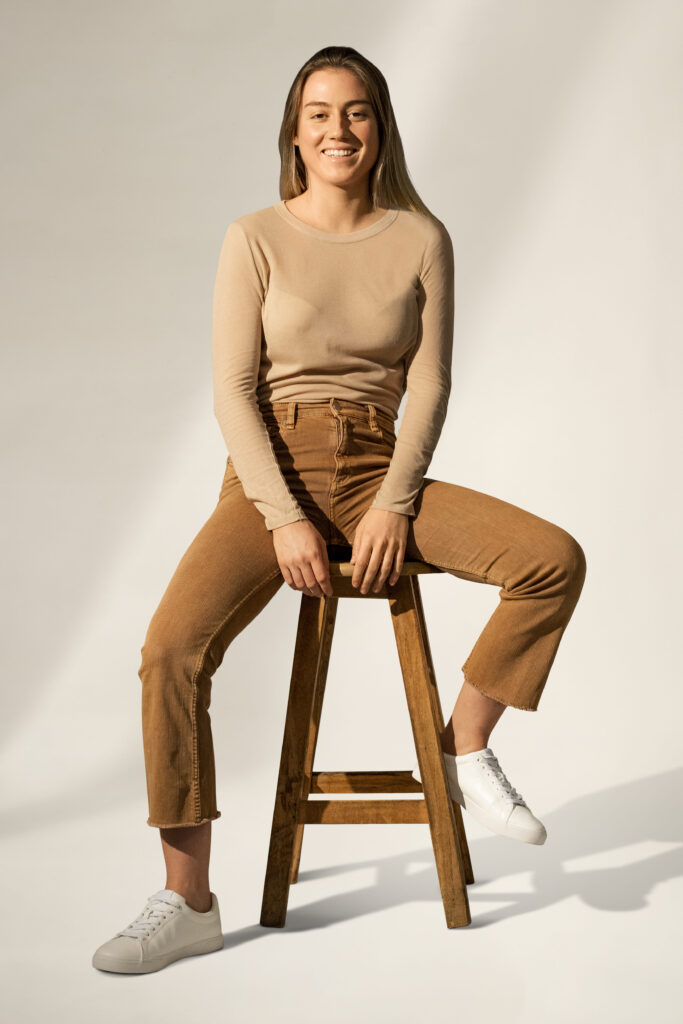
A monochrome is all about wearing one color clothes in different shades and textures to create an outfit.
This technique is simple, making it easy to pair dark colors with any color. Monochrome outfits create a cohesive and polished look that is both stylish and timeless.
Combining Monochrome into an Outfit
When creating a monochrome outfit, there are a few things to remember. The goal is to wear a single color, but with different shades and textures. This will make the outfit look cohesive and stylish.
Suppose you adore blue, try wearing a dark blue blazer, a lighter blue shirt, dark brown top, and blue pants. Or, you could try a light blue blouse with a darker blue skirt and blue heels.
Examples of monochrome color combinations:
A black blazer with a white t-shirt and black pants
A white dress with black heels and a black clutch
A red t-shirt with red shorts and red sneakers
A green skirt with a green blouse and green sandals
A yellow scarf with a yellow coat and yellow pants.
Matching Colors: The Basics
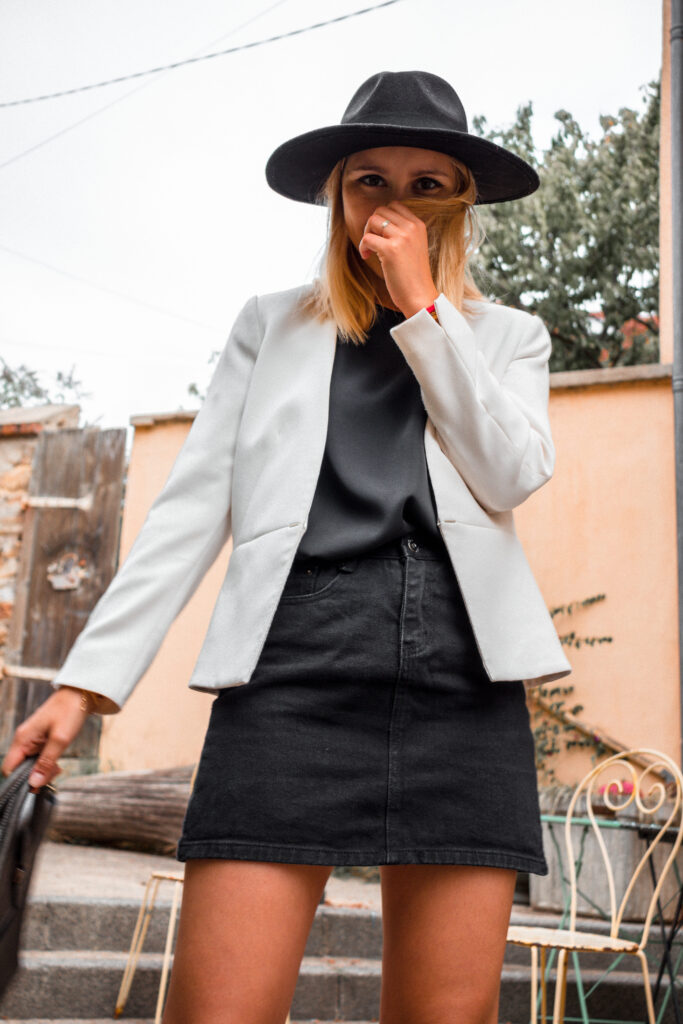
The color wheel is an essential tool for matching colors in color scheme in an outfit. It shows how colors interact with each other.
Complementary Colors: These are colors opposite each other on the color wheel, such as blue and orange or red and green, and create a bold and striking look when used together.
Analogous Colors: These are colors located next to each other on the color wheel, such as blue, green, and blue-green, and create a harmonious look.
Monochrome Combinations: Using a single color in different shades and textures creates a cohesive and polished look.
Examples of complementary color combinations:
Blue and orange.
Red and green.
Purple and yellow.
Pink and green.
Black and white.
Best Colors for Different Skin Tones
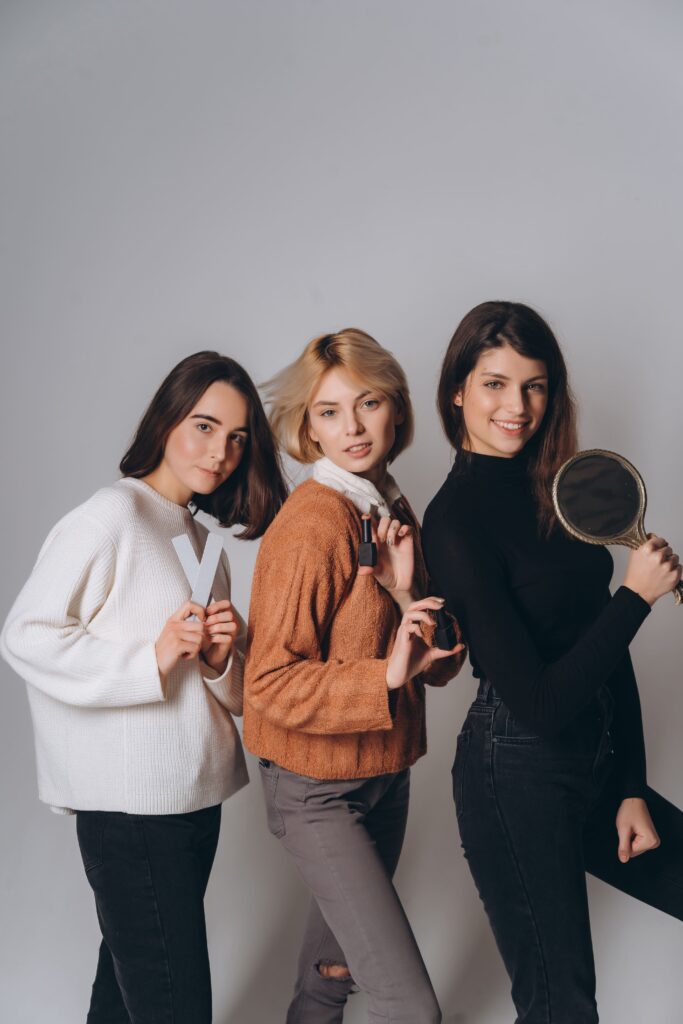
Warm: Rich browns, oranges, and yellows.
Cool: Blues, greens, and purples.
Neutral: Black, white, gray, and beige.
Mixing and Matching Colors in an Outfit
Complementary Colors: Opposite each other on the color wheel, can create a bold and striking look.
Analogous Colors: Located next to each other on the color wheel, create a harmonious look.
Monochrome Color Combinations: Using a single color in different shades and textures creates a cohesive and polished look.
Tips for Incorporating Color in Fashion
Experiment with different color combinations.
Find what makes you feel comfortable and confident.
Remember that these are general guidelines and every individual is unique.
Conclusion
Color is an essential fashion component and can transform your style effectively. By understanding the principles of color matching, you can create harmonious and visually appealing outfits that enhance your features and express your personality.
From complementary color combinations to monochrome looks, there are a variety of techniques for incorporating color into your fashion choices.
It’s also crucial to factor in your skin tone when picking colors and to explore various pairings to discover your ideal colour match.
By following these tips, you can elevate your fashion game and create timeless and stylish outfits that showcase your unique sense of style.

